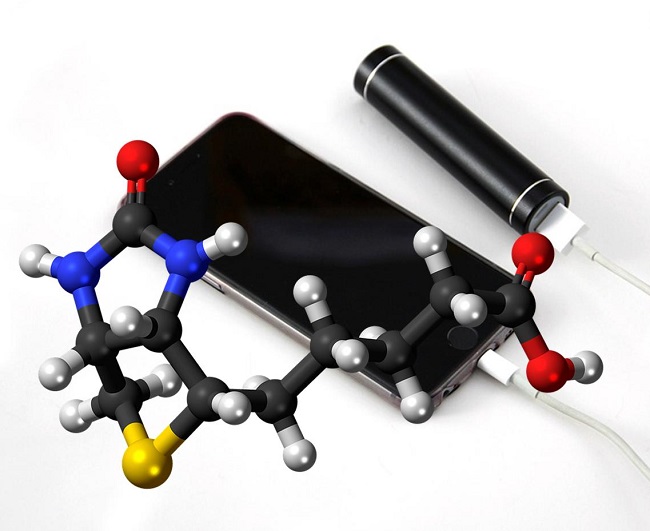The smartphone transaction service will be rolled out across the United Kingdom before the end of 2016.
Tesco has announced that it will be rolling out its PayQwiq mobile payments service across the United Kingdom. Its services will become fully available now that it has undergone its trials successfully.
This mobile payments service is meant to make it faster and easier for customers to complete the checkout process.
The PayQwik mobile payments service lets consumers link credit and debit cards to the app. With this mobile application, they can pay for items purchased online or in store. To complete the transaction, they must scan QR codes displayed on-screen. The application also makes it possible to collect Clubcard points. Therefore, the points card doesn’t need to be scanned separately.
Until now, the PayQwik mobile payments app was available only in London and Edinburgh.
 Moreover, the mobile app could be downloaded only by those with an invitation. That said, its availability will now be broadening to include consumers at 600 stores throughout those two original cities. Stores in Plymouth and Northern Ireland will also be included in this next wave. The app is compatible with Android and iOS smartphones.
Moreover, the mobile app could be downloaded only by those with an invitation. That said, its availability will now be broadening to include consumers at 600 stores throughout those two original cities. Stores in Plymouth and Northern Ireland will also be included in this next wave. The app is compatible with Android and iOS smartphones.
This mobile wallet places Tesco in direct competition with Apple Pay and Android Pay within its stores. That said, the PayQwik mobile wallet functions only within Tesco stores so the competition stops there. Among the main reasons it has an advantage over the competition while in-store is that it lets customers use their Tesco Clubcard within the app.
This is appealing as it doesn’t require people to have to make PayQwik mobile payments only to have to fish a plastic loyalty card out of their wallets. Both types of transaction occur automatically and digitally. All that is required in order to complete both processes is the scan of a QR code.
A spokesperson from Tesco Bank explained: “At Tesco, we are always looking to make the shopping experience simpler and easier for customers and that’s why we’ve developed PayQwiq.” So far, customer feedback on the service has been “very positive,” said the Tesco spokesperson.
Researchers have developed a battery that has a high voltage and will last a longer time than current tech.
Scientists have come up with a vitamin powered phone battery technology that will allow devices to last longer while giving them more voltage. Moreover, this could be an important step toward reducing the price tag of battery powered devices.
This new battery technology is not entirely unlike lithium-ion but are different in an important way.
The battery is different because it uses flavin – a component of vitamin B2 – as its cathode. The cathode is the part of the battery that stores the electricity. Then, that energy can be used once it is connected to a device. This vitamin powered phone battery provides a more natural solution to the question of how to keep devices charged.
 Dwight Steferos from Canada’s University of Toronto, said “We have been looking to nature for a while to find complex molecules for use in a number of consumer electronics applications.” He added, “When you take something made by nature that is already complex, you end up spending less time making new material.”
Dwight Steferos from Canada’s University of Toronto, said “We have been looking to nature for a while to find complex molecules for use in a number of consumer electronics applications.” He added, “When you take something made by nature that is already complex, you end up spending less time making new material.”
The vitamin powered phone battery provides a very affordable way of giving mobile devices the charge they need.
This is not the first time a battery has been made with bio-derived components. However, this is the first rechargeable battery using bio-derived polymers. Polymers are long chain molecules. They are used for one of this new battery technology’s electrodes.
This technology’s key is the possibility it opens for keeping the energy stored within a vitamin-created plastic. The plastic is far less expensive than traditionally-used metals such as cobalt. The vitamin-created plastic is also more environmentally friendly and easier to process. It may play a central role in reducing our dependence on portable battery packs due to inadequate charge.
The scientists developed the material from vitamin B2. They sourced the vitamin from genetically-modified fungi. They used a semi-synthetic process for polymer preparation. It linked a long-chain molecule with two flavin units.
The result is a vitamin-powered phone battery that is environmentally friendly with a high voltage and with a high capacity. These and the rest of the findings from the researchers were published in the Advanced Functional Materials journal.
 Moreover, the mobile app could be downloaded only by those with an invitation. That said, its availability will now be broadening to include consumers at 600 stores throughout those two original cities. Stores in Plymouth and Northern Ireland will also be included in this next wave. The app is compatible with Android and iOS smartphones.
Moreover, the mobile app could be downloaded only by those with an invitation. That said, its availability will now be broadening to include consumers at 600 stores throughout those two original cities. Stores in Plymouth and Northern Ireland will also be included in this next wave. The app is compatible with Android and iOS smartphones.
 Dwight Steferos from Canada’s University of Toronto, said “We have been looking to nature for a while to find complex molecules for use in a number of consumer electronics applications.” He added, “When you take something made by nature that is already complex, you end up spending less time making new material.”
Dwight Steferos from Canada’s University of Toronto, said “We have been looking to nature for a while to find complex molecules for use in a number of consumer electronics applications.” He added, “When you take something made by nature that is already complex, you end up spending less time making new material.”